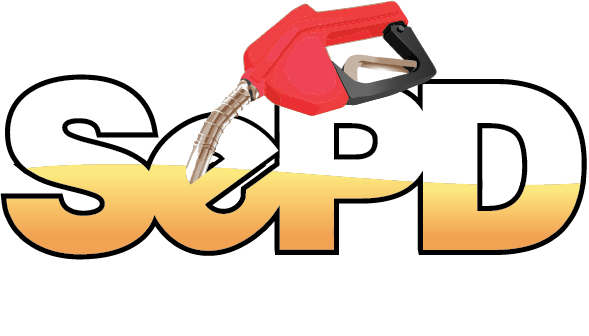
Some independent stores justify having products on the shelf that rarely sell, or “turn.” But it can cost you more by keeping that product on the shelf, where you could display something that will turn more often. If you feel you must stock that specialty product that’s rarely purchased, stow it behind the counter.
Philosophy on stocking items has changed over time. Convenience stores used to put more emphasis on stocking a variety of any one type of product – say, mustard. Now, a store is more likely to stock just one brand of mustard instead of five. Having the product is important for the last-minute shopper who forgot mustard. Variety isn’t as necessary. A convenience store’s products should emphasize immediate consumables.
How do you figure out how much of a product to stock? Look at your inventory turn ratio. If you stock ten of any one item and sell all ten in a week, then you have a one-to-one ratio. That’s great. If the ratio is less, you need to evaluate whether you want to keep stocking the product in the same quantities. A good ratio means good cash flow.
That said, it’s important to have stock on hand. Consumers like to see plenty of a product when they pick something off the shelf, especially a food product. They don’t want to take the last hot dog, because they wonder how long it’s been there. You must calculate a certain amount of waste in food items.
With a product like cigarettes, if you sell 100 packs a week, it’s better to carry 150. You don’t want to run out if you get busy. The next time you order, if you have surplus on hand, order less.
These examples illustrate how important it is to have a back office system – an electronic inventory management system connected to your point-of-sale system. It keeps track of what goes through that system, and you can scan or upload invoices into it. There are several back-office brands available.
If your service station is owned by a larger company, the back-office system is also used as a communication tool with the main office, which can track your inventory from there. The system has additional helpful functions for administration and tracking fuel sales and inventory. And that data can be used in monthly and quarterly reviews.
You can enlist the help of vendors in tracking your inventory so you know what you’re ordering and selling every day and every week. While they may be reluctant, ask if they can calculate an average per week of what you order over a longer period.
Having a tight inventory system doesn’t mean you should never stock new or unusual items. It’s important to stock new things to see if customers like them, even if there’s no proven demand for them. It’s also important to earn every customer, even if it costs you a little more. A loyal customer who makes regular purchases contributes over the long term to your bottom line. Work to balance reliable sales with new products.
Meanwhile, you must have the top 50 items that make up 80 percent of your sales, the things you know people will come to your for: beverages, snacks and more.
There are no hard and fast rules. In the end, your inventory must evolve with trends and customer desires so you can build your business and stay successful. You must constantly evaluate customer needs, availability, pricing and what’s important in your community. Learn from your mistakes and try new strategies and products that will help you grow.





